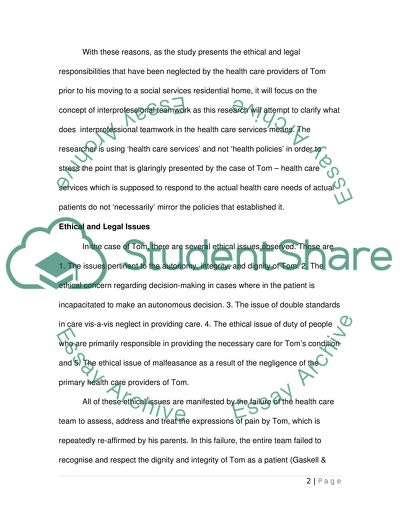Cite this document
(“Interprofessional team working in healthcare delivery Essay”, n.d.)
Retrieved de https://studentshare.org/nursing/1395148-interprofessional-team-working-in-healthcare
Retrieved de https://studentshare.org/nursing/1395148-interprofessional-team-working-in-healthcare
(Interprofessional Team Working in Healthcare Delivery Essay)
https://studentshare.org/nursing/1395148-interprofessional-team-working-in-healthcare.
https://studentshare.org/nursing/1395148-interprofessional-team-working-in-healthcare.
“Interprofessional Team Working in Healthcare Delivery Essay”, n.d. https://studentshare.org/nursing/1395148-interprofessional-team-working-in-healthcare.


